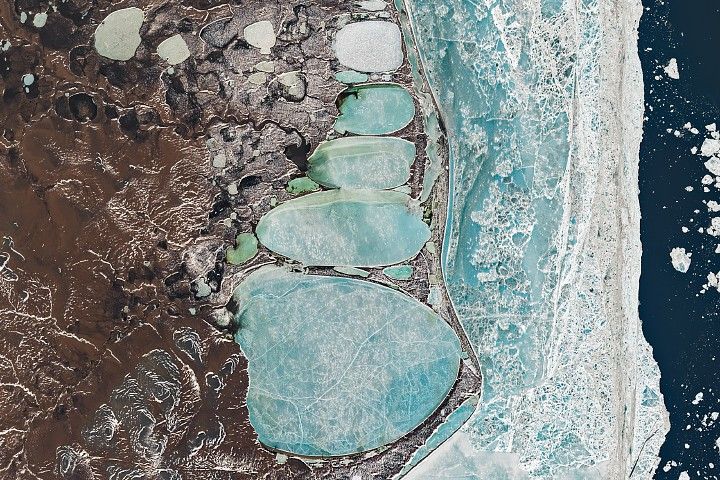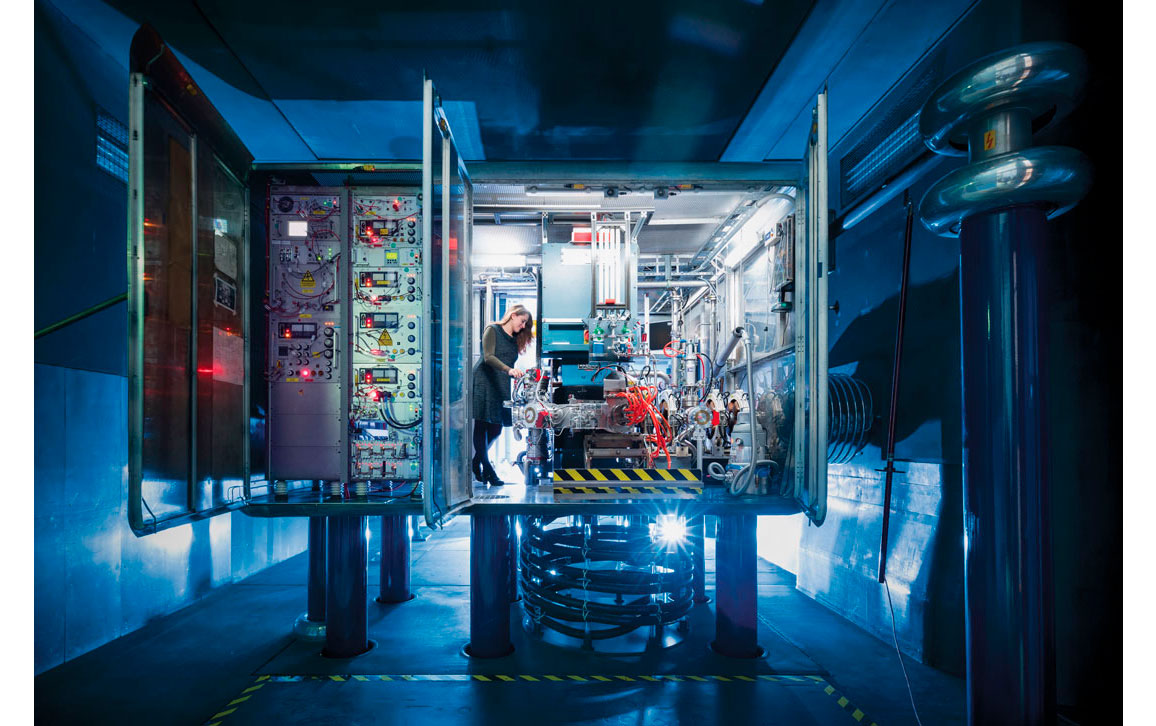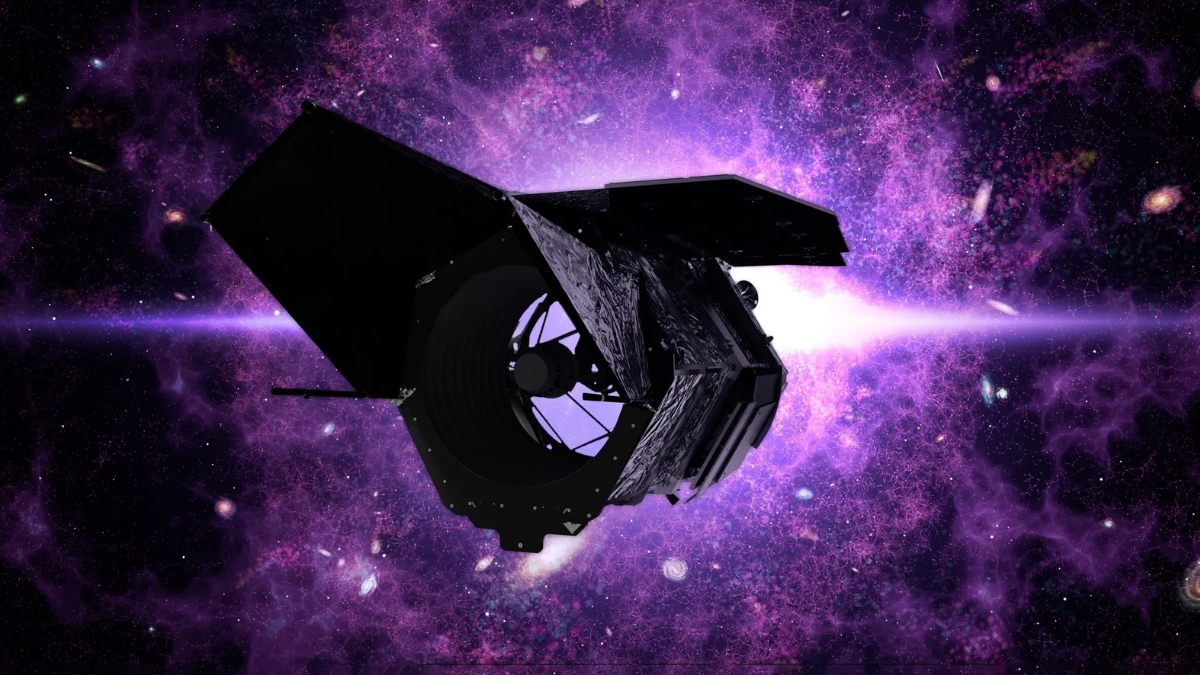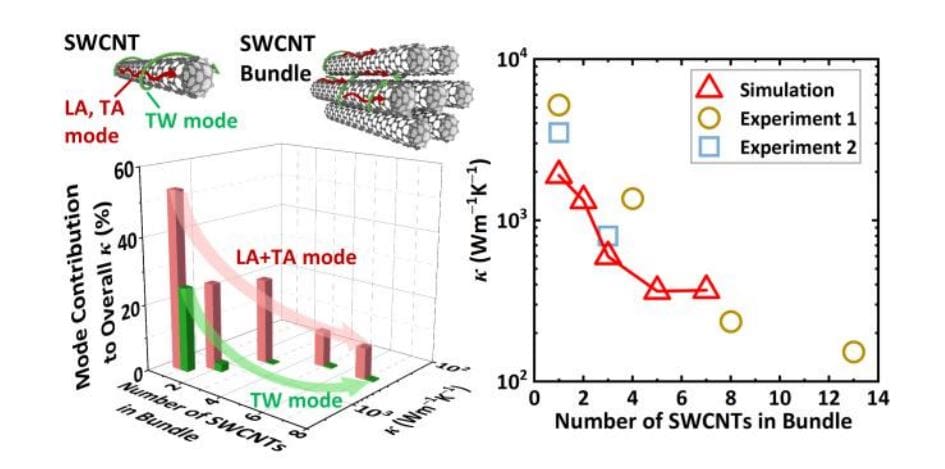Icons of winter are sometimes found in unexpected places. In one striking example, a series of oval lagoons in a remote part of Siberia forms the shape of a towering snowman when viewed from above.
This image, centered on the remote…

Icons of winter are sometimes found in unexpected places. In one striking example, a series of oval lagoons in a remote part of Siberia forms the shape of a towering snowman when viewed from above.
This image, centered on the remote…
BEIJING, Dec. 17 (Xinhua) — A landmark achievement by Chinese researchers in creating China’s first two-dimensional metals has been named one of Physics World’s “Top 10 Breakthroughs for 2025.”
The work, led by a team at the Institute of…

When the Soviet Vostok and American Mercury and Gemini missions carried humans into space, their crews experienced a physically and psychologically hostile environment hitherto unknown to humans. These pioneers not only left…

Most people first encounter the irrational number π (pi) — commonly approximated as 3.14 and extending infinitely without repeating — during school lessons about circles. In recent decades, advances in computing have pushed this familiar…

If you feel a thrill every time we discover something new about the cosmos, then November 25th may have been a noteworthy day to you. That’s the day that NASA completed assembly of the Nancy Grace Roman Telescope.
The two main segments of the…
Johnson, A. E. W., Pollard, T. J., Shen, L. & Lehman, L. H. MIMIC-III, a freely accessible critical care database. Sci. Data. 3, 1–9 (2016).
Shi, C., Hu, B., Zhao, W. X. & Yu, P. S….

The dramatic reduction in thermal conductivity within bundles of single-walled carbon nanotubes (SWCNTs) has long puzzled scientists, hindering their application in advanced thermal management systems. Now, Feng Tao, Xiaoliang Zhang, Dawei…

Planets, stars, galaxies, asteroids, black holes and cosmic background radiation are omnipresent in Manisha Dwa’s everyday life. The astrophysicist and astronomy expert explains why her field of science has such a huge impact on life on earth,…